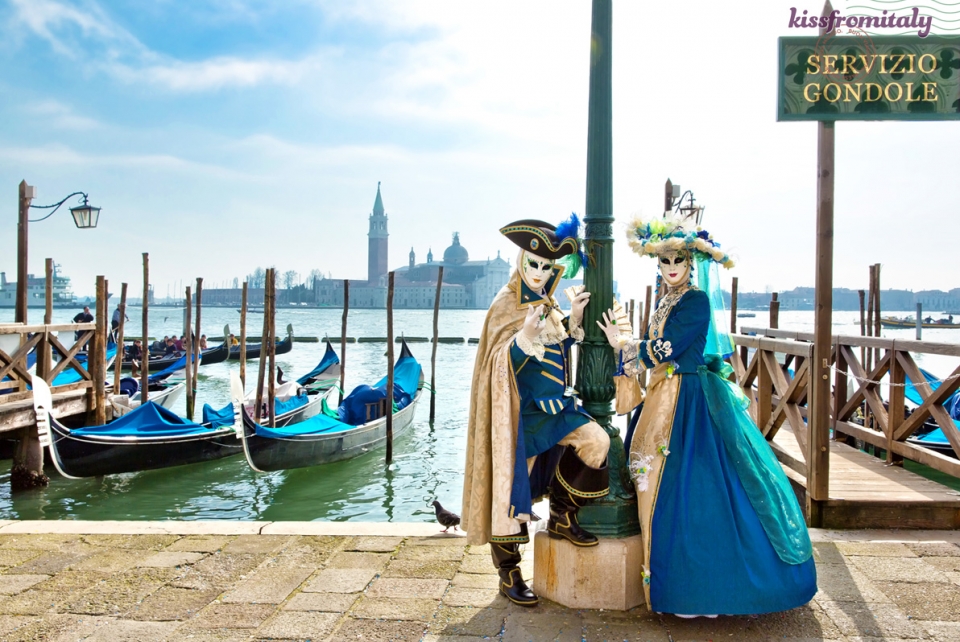
The History of the Carnival of Venice & A Field Guide to Venetian Masks!
We’re willing to bet that if you haven’t been to Venice during Carnival, then it’s definitely near the top of your bucket list. If it isn’t, we highly recommend rethinking that list!
Where does the word Carnival come from?
The exact origin of the word Carnival, or "Carnevale" as it's called in Italian, is disputed. One of the more likely theories is that it comes right from the latin expression "carne vale" which means a farewell to meat. This would make sense since Carnival is celebrated right before lent, when Christians abstained from meat for 40 days.
When Is Carnival in Venice?
The exact dates of Carnival change every year along with the dates of Ash Wednesday and Easter. In Venice the celebrations are always held during weeks leading up to "Shrove Tuesday," or Fat Tuesday, which is the day before Ash Wednesday. It's a time to get all of your feasting and partying in before the solemn fasting of Lent!
Gallery
How long have people been celebrating Carnival in Venice?
Carnival celebrations are said to date back all the way to the 10th Century, when in 1162 Venice, then known as "The Most Serene Republic of Venice," celebrated a victory against another Italian republic called Aquileia. During the 17th and 18th Centuries, Carnival embodied the prestigious place that Venice occupied in the world.
When Venice fell under Austrian rule at the end of the 18th Century, the Carnival was outlawed along with the use of masks entirely. Although it reappeared a few times during the 19th Century, it wasn’t until 1979 when Venetians decided to officially revive this important piece of Venetian history and culture. Since then Venice Carnival has become a world-famous celebration known for its extravagant costumes and unmatchable parties!
Where did the famous Venetian Carnival Masks come from?
Venice has a long history of mask-wearing for a variety of purposes. They have been used for political decision-making purposes to guarantee anonymity, for theatre performances, and of course for hiding one’s identity to escape social restrictions and cause mischief! It seems Venetians had a little too much fun while in disguise, because their use was outlawed a few times in history, like while under Austrian rule mentioned above.
Traditionally masks were made of leather or porcelain. Today there are many different kinds of masks made out of a variety of materials. There are various styles such as the Bauta, Colombina, and Volto, and all of them can be stark black or white, as well as colorful ornately-decorated works of art.
For a guide to spotting and telling the difference between the styles of Venetian masks, download your free Field Guide to Venetian Carnival Masks!
 Guide to Venetian Carnival Masks
Guide to Venetian Carnival Masks














